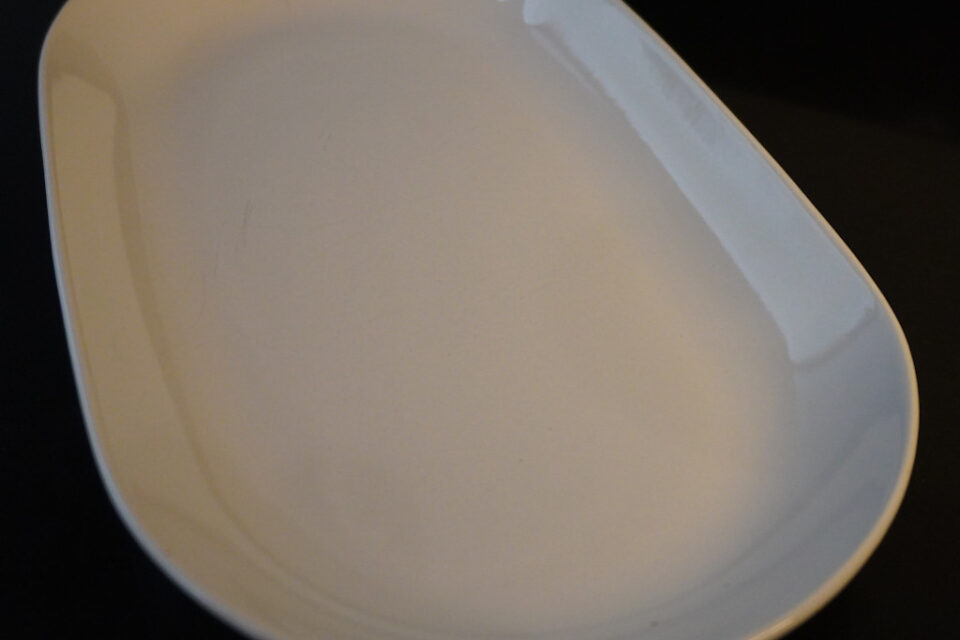To get on the road to superb chocolate making you have to source tools that will help you obtain superior results. As with other projects in life, the better the tools at your disposal, the better results you will get.
SUMMARY
These tools do not have to be expensive and they do not have to be purchased from specialized outlets: the mission of RANDOM CHOCOLATES is to bring chocolate-making to everyone. They can be bought from most online retailers or kitchen supplies stores.
It is assumed that you already have some kitchen tools: towels, pots, pans, trays, cutlery, etc.
GET STARTED
Digital thermometer
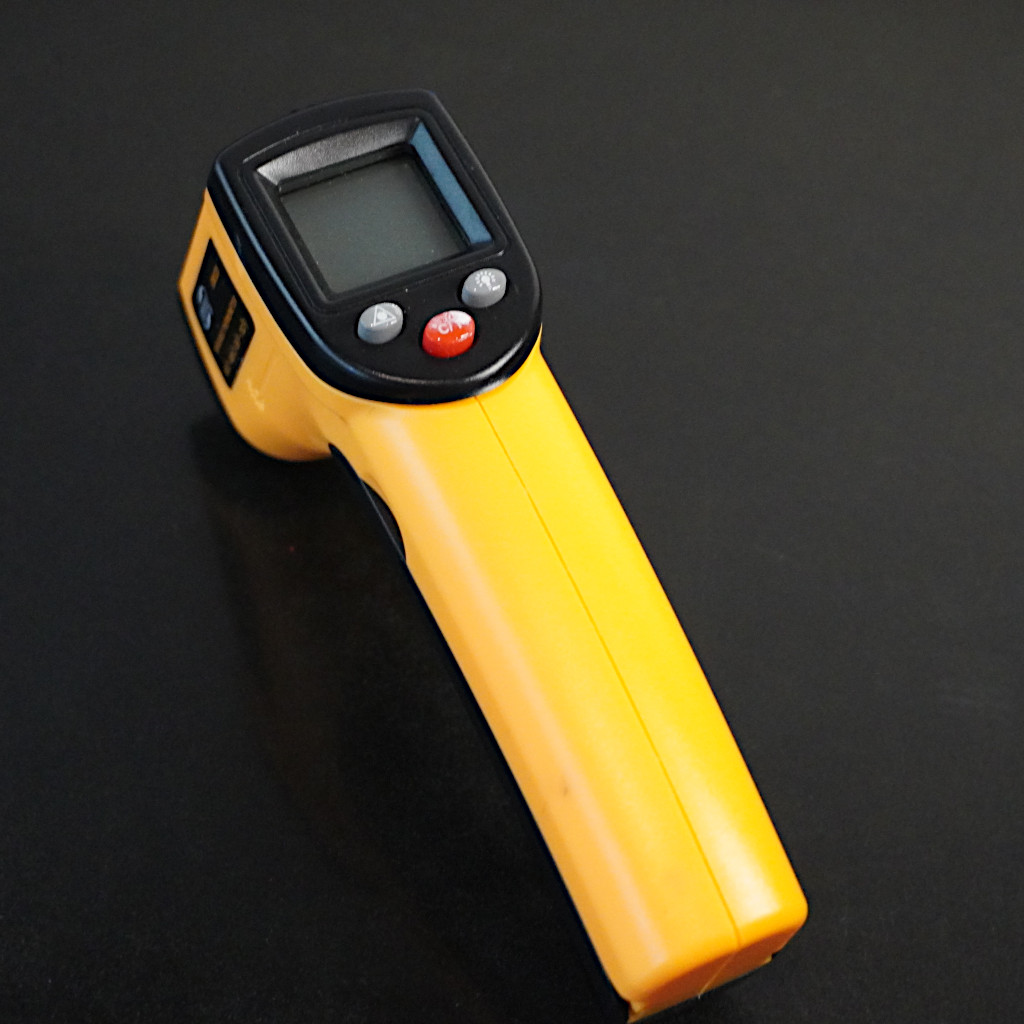
This is a critical piece of equipment for making great chocolates. Without it, tempering chocolate with consistent results will become very difficult, affecting the overall quality of your product.
You should buy an “infrared digital thermometer” that can measure temperature from a distance, so that you do not touch any surfaces during measurement.
Spatulas
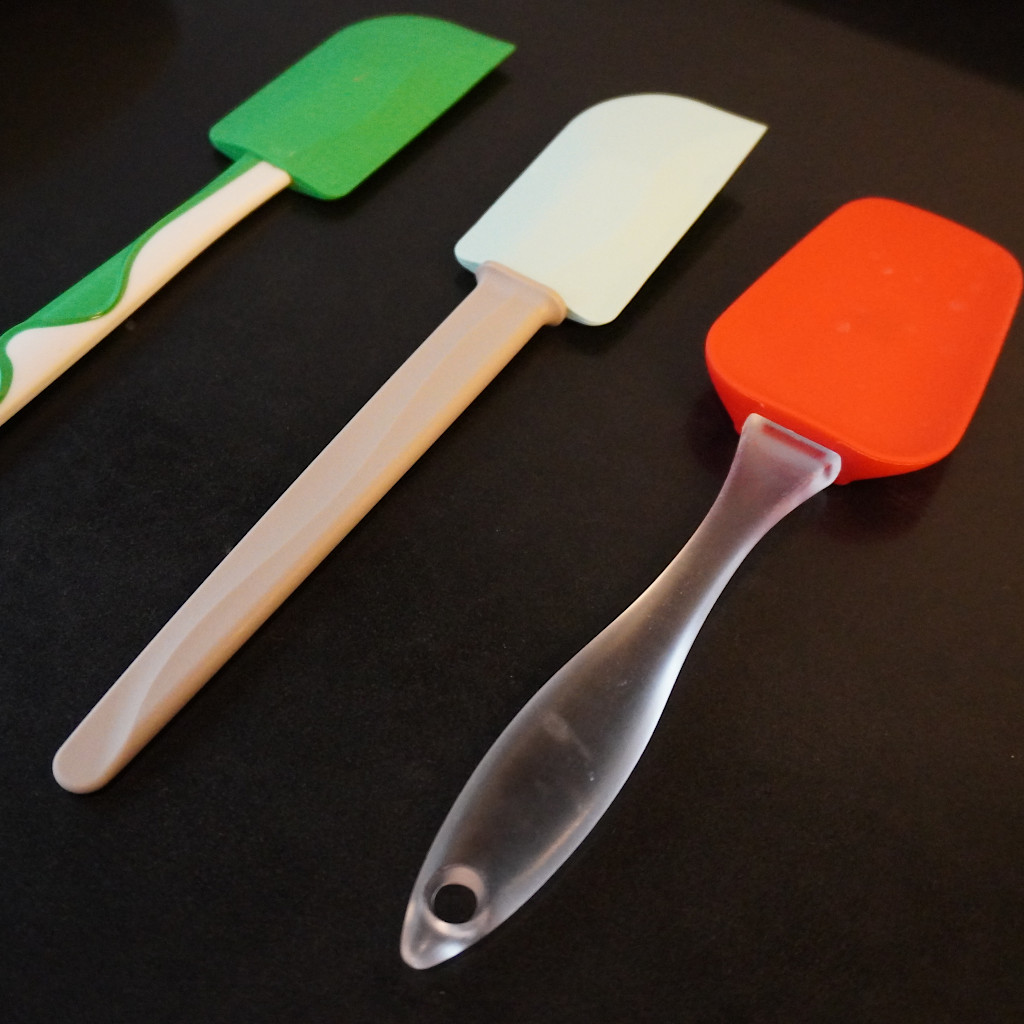
For mixing and spreading chocolate you can use either rubber or silicone spatulas. Do not use wooden tools, as they are porous and will be very difficult to clean.
A good spatula will have straight edges to help you pick up, fold and spread the chocolate as you work it on the tempering surface.
An inexpensive spatula works as well as an expensive one.
Any kitchen store or large supermarket will have a range of these.
HACK: a traditional metal soup spoon can be used instead.
Palette knives
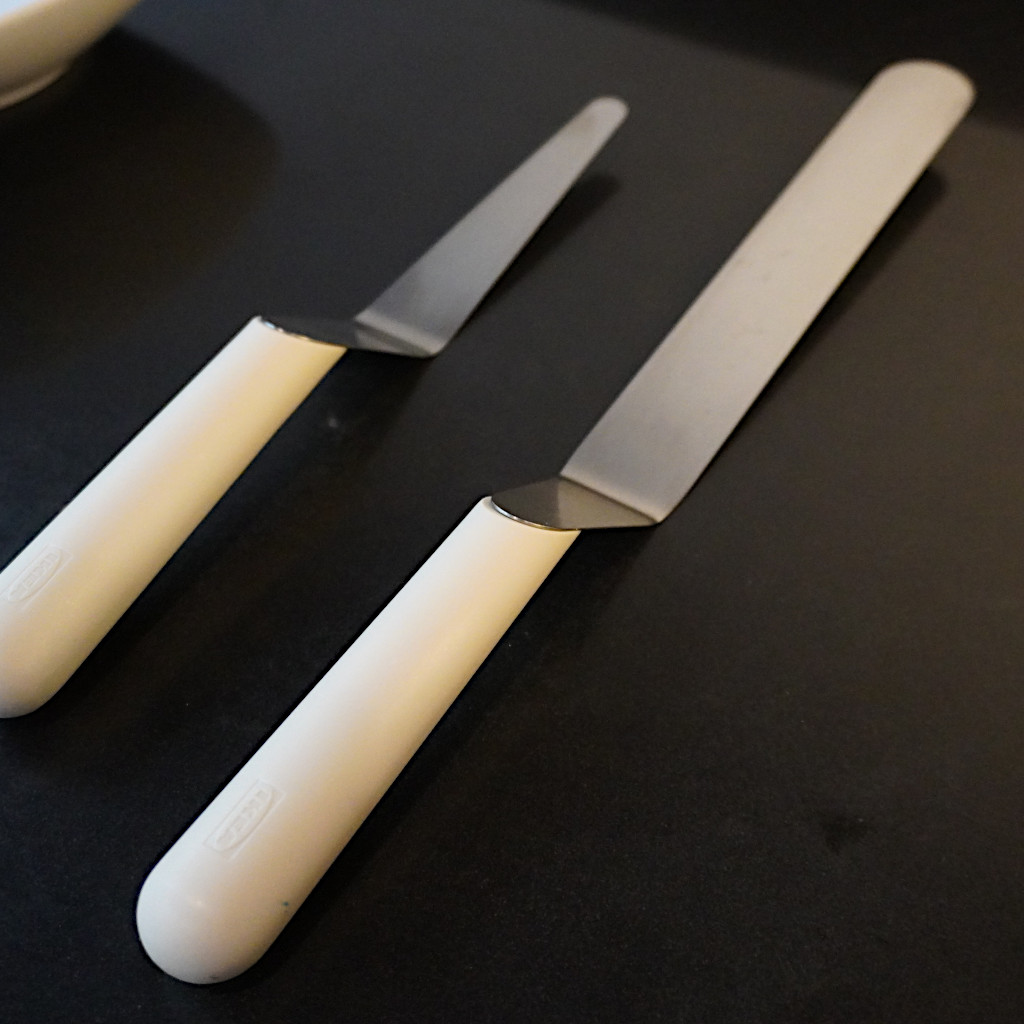
A type of knife with a long blade and a straight, blunt edge. These are important to have in your kit, as they are very useful to spread or scrape off evenly.
A good palette knife will have a blade of stainless steel, ceramic or silicone with a steel core.
Inexpensive palette knives work just as well as expensive ones.
HACK: the straight back of a knife or a drawing ruler can be used
Molds
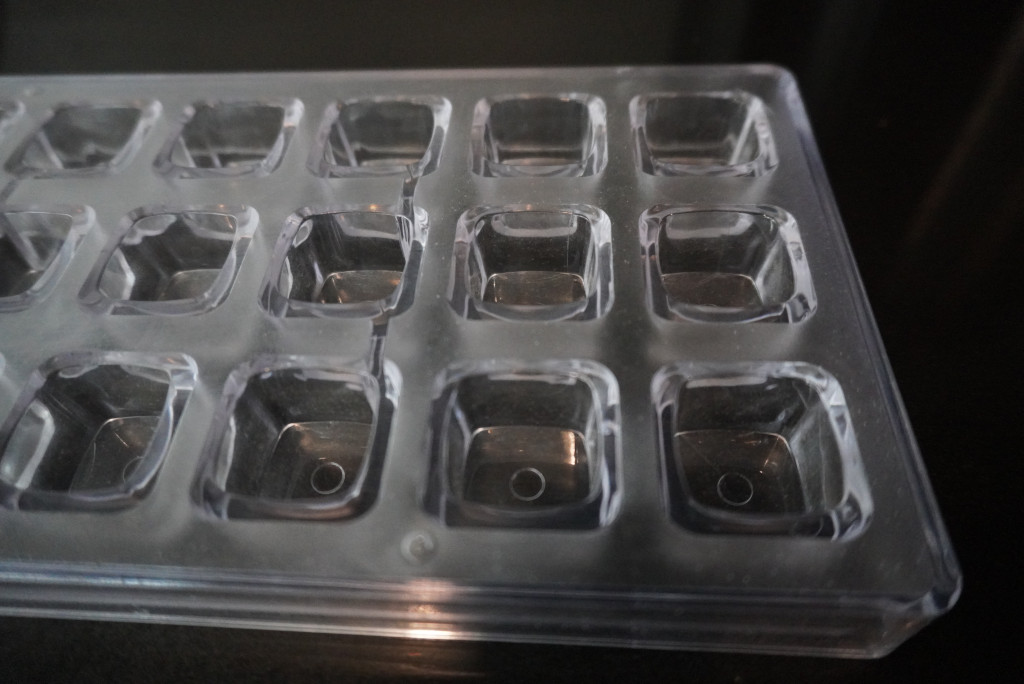
This is a critical piece of equipment.
There are molds of multiple varieties in the market: polycarbonate, silicone, metal, etc, in an almost infinite variety of mold shapes for the chocolates; from simple domes and cubes, to complex shapes etched with great detail.
Molds are so important for chocolate making that we have written a whole article about using them.
Microwave oven
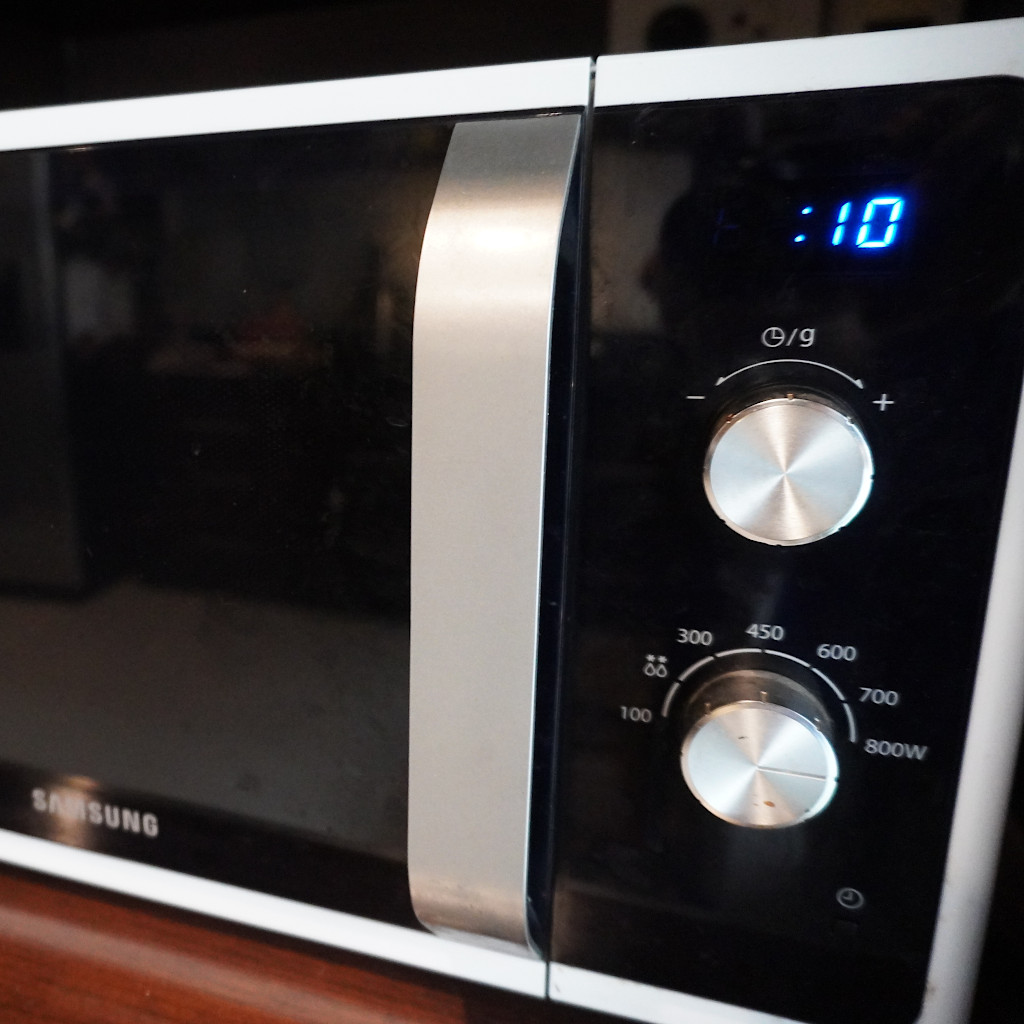
This is a critical piece of equipment.
Before the age of microwave ovens, the process of melting chocolate involved a bain marie: a double boiler over the stove. This is a difficult procedure where you can literally destroy your whole batch of chocolate in seconds, if you splash the water by accident.
A modern microwave oven that lets you control the timer on a “second-by-second” is best for making chocolates. An older oven with a “rotary control” or a “push-button” control may not be very efficient and might ruin the chocolate by burning it.
A good, no-frills microwave oven is not very expensive.
Refrigerator
Another critical piece of equipment, especially in hot weather locations.
Your kitchen might have a fridge but it may not be the best option. Maybe you live in a shared house and there is no space in the fridge for your artwork. Or maybe the fridge is full of onions, garlic, curry or kimchi: strong and pungent smells are enemies of good chocolates.
Or maybe the fridge is just full of food, and there’s no room for your chocolate trays. Or maybe the fridge is very old and spills water everywhere when it defrosts.
A small fridge or a used fridge in good condition is not very expensive.
HACK: if the air temperature is colder than 16 degrees C (60 F) you can set the chocolates without a fridge.
Tempering plate
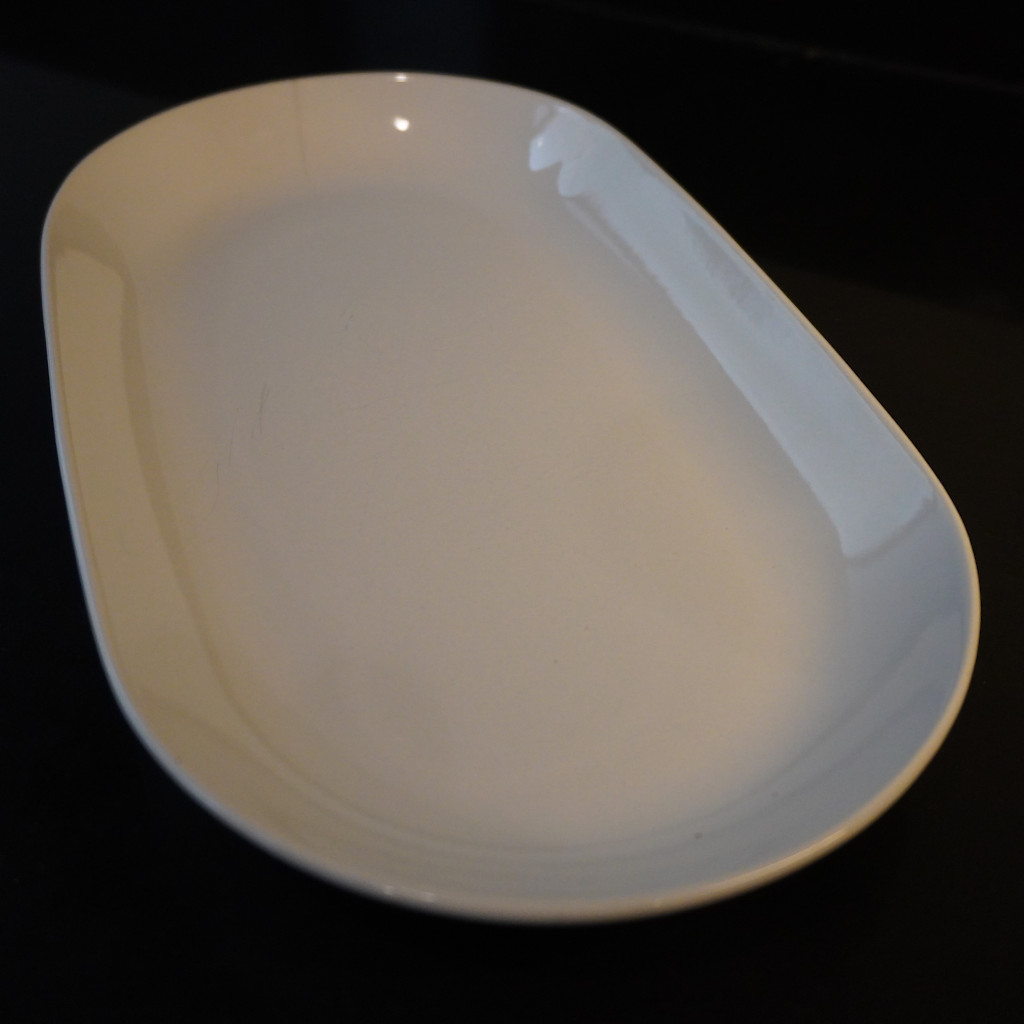
This is a critical piece of equipment.
Chocolate has to be tempered properly to ensure the final product is smooth, glossy and has the appropriate texture and mouthfeel.
Traditionally tempering was done on a marble slab or on a polished stone slab, but with the introduction of microwave ovens it was found that a ceramic or glass plate can be used with excellent results.
I use a serving tray made out of white ceramic with no designs, patterns or any other design artifact. Just plain white smooth ceramic. It is an elongated oval, 30cm long and 20cm at its widest part.
You can use any surface that is smooth and non-porous, and that can transmit heat and cold. When heating the chocolate in the microwave, the ceramic absorbs some of the heat and radiates it to the molten chocolate, providing an ideal tempering surface.
Glass, plastic and metal wares cannot be used at all.
Hack: a plain ceramic breakfast bowl can be used as tempering plate.
Digital scale

This is a critical piece of equipment.
You have to weigh the ingredients to produce chocolates of good quality. As part of your chocolate making journey, I suggest you write down the quantities of ingredients, to guarantee that your chocolates maintain their quality.
A digital scale with a weight resolution of 1 gram and a maximum scale of 1 or 2 kilograms will be sufficient for the job.
CONCLUSION
As you gain experience and confidence you can invest in more optional tools to help you along the way.
Don’t worry, they are all inexpensive and can be sourced from almost any baking goods store.
Random Chocolates’ mission is to help you achieve remarkable results with ingredients you can find in any gourmet retailer, and with tools that you can find in any home shop.
